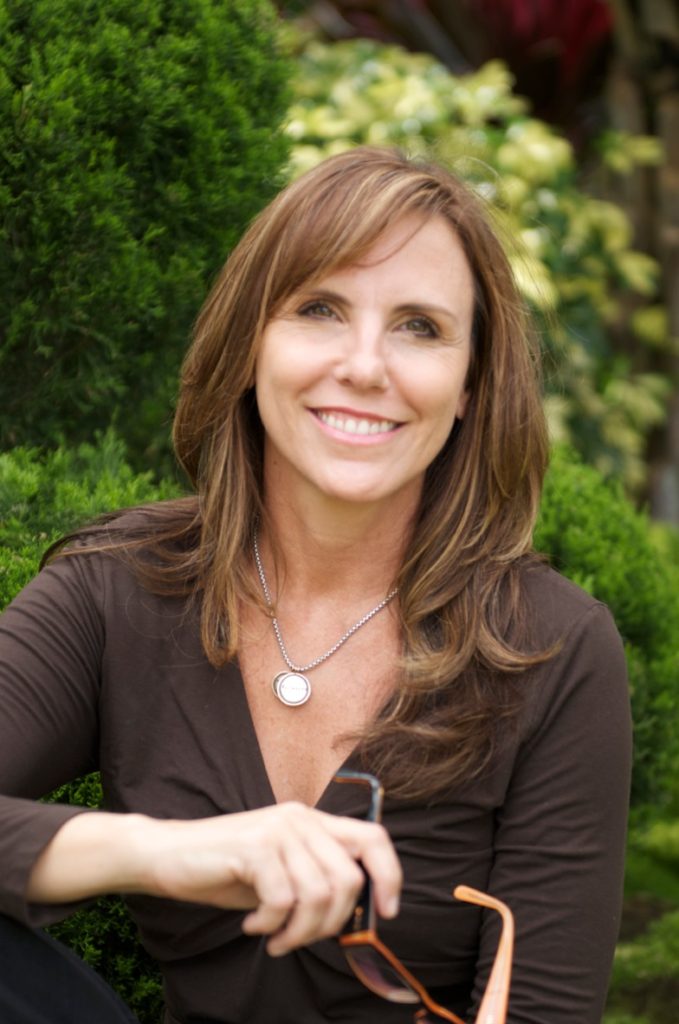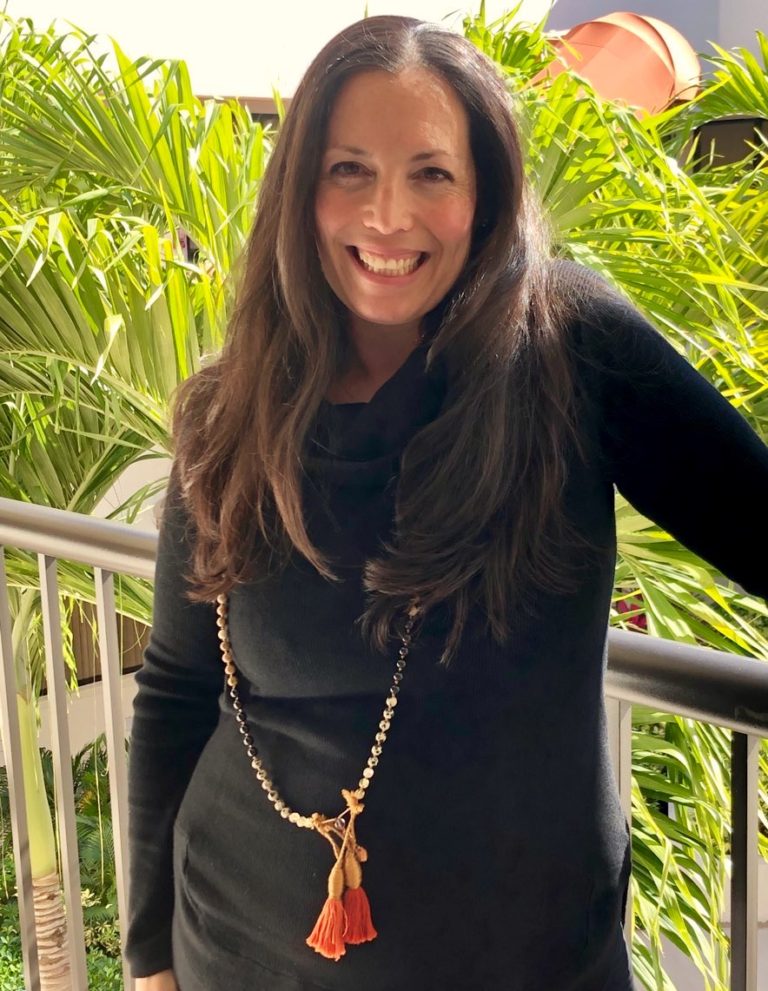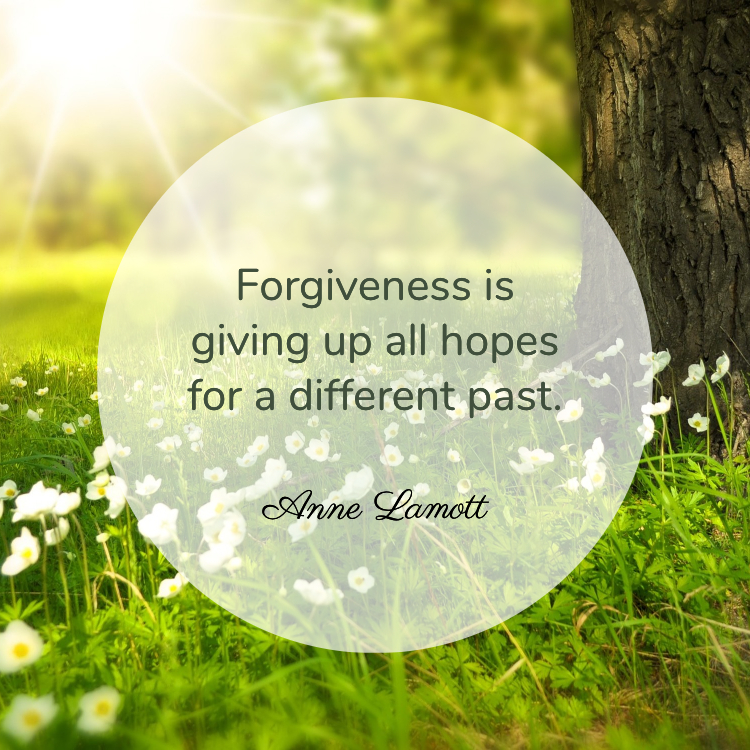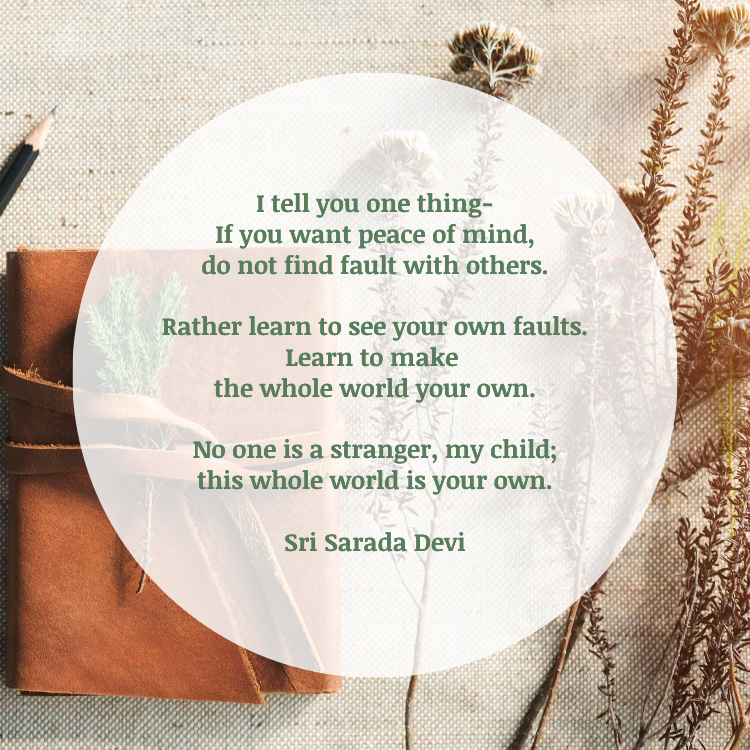
Seeing is not limited to the eyes. When I truly ”see” another person, it requires the act of seeing with the entire body, mind, and spirit. There is nothing more moving than to catch a glimpse of a person’s inner being of light; it is probably the closest thing to seeing God. For the past 20 years, mindfulness training and practice has been a path to strengthening this gift of “seeing”.
At first, it was my heart that awakened, allowing me to detect the light and true self of each being. This awakening isn’t permanent and we often fall back into the trance of our conditioning, awaiting the next opening to the light or truth of another being. Once we have witnessed enough times the true self of another, we begin to trust that it is always there – even when it exists in the dark. This is where the magic happens. As the underlying truth and being of another is held in loving-connected presence, it appears right before our very own eyes, ears, heart, and mind.
You may be wondering how a daily mindfulness practice moves you toward seeing the light in others. Consider the following:
- It cultivates the habit of coming home to present moment awareness.
- It breaks us free from conditioned automatic thinking.
- It creates a momentary space between thoughts and allows us to experience now.
- We gain greater insight into the way our mind and body perceive the world.
- We find there is a way out of conditioned thoughts, feelings, and reactions and begin to walk the path….
May you walk towards the light!

Patty Thomas Shutt, founder of Sacred Treehouse, is a licensed psychologist and co-owner of Therapeutic Oasis of the Palm Beaches. Dr. Shutt is passionate about helping others discover the benefits of mindfulness and meditation. She offers Beginner Meditation & Advanced Meditation classes at Sacred Treehouse, in addition to Mindfulness Based Stress Reduction, Mindful Self-Compassion and various book studies throughout the year.





